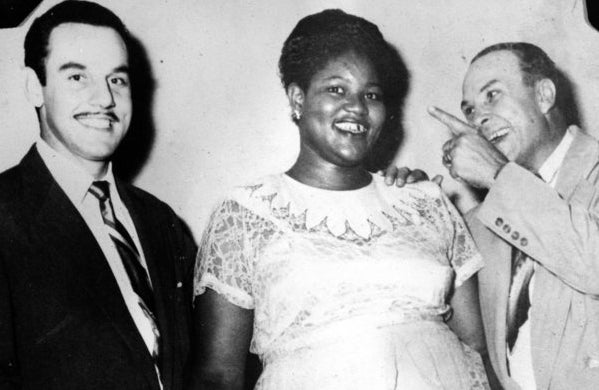
Getty
The man who invented Monopoly did not invent Monopoly. Charles Darrow made millions off the game that he sold to Parker Brothers ― 30 years after a woman named Elizabeth Magie created it.
It’s a tale as old as time: A man took credit for a woman’s idea.
We’ve seen this theme play out through history, with women’s work being erased from the labor movement, civil rights movements, and over and over again in science.
Advertisement
In the spirit of unearthing the “hidden figures” whose stories often go untold, we’re highlighting remarkable women who, despite their contributions, were sidelined by men.
Happy Women’s History Month!
1
1951: Rosalind Franklin played a big role in discovering the double-helix.
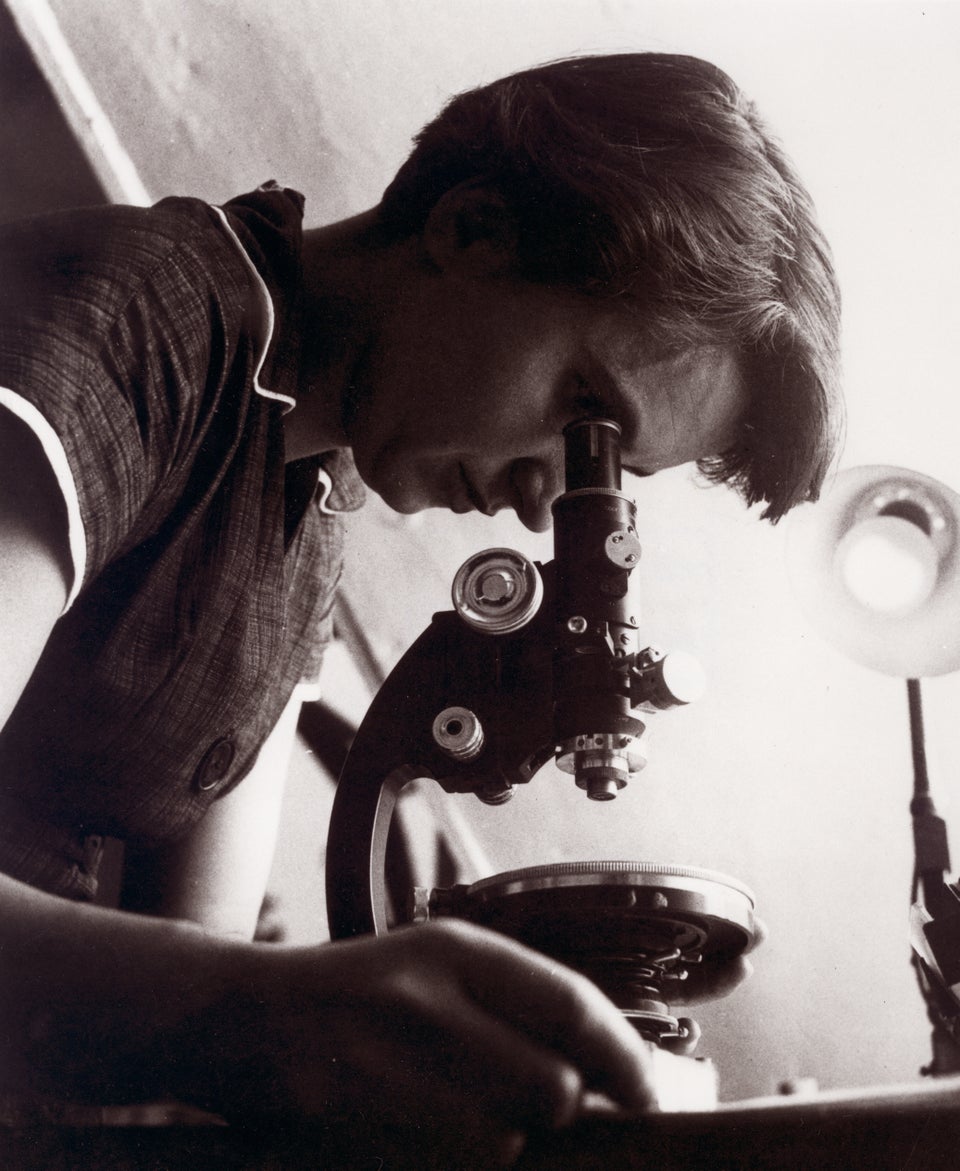
Getty Images
While working as a research associate at the King's College London in the biophysics unit in 1951, Rosalind Franklin and her student Raymond Gosling discovered that there were two forms of DNA, a dry "A" form and a wet "B" form.
According to Biography.com, “One of their X-ray diffraction pictures of the ‘B’ form of DNA, known as Photograph 51, became famous as critical evidence in identifying the structure of DNA.”
A colleague named Maurice Wilkins showed Photo 51 to competing scientists James Watson and Francis Crick -- without Franklin’s permission.The duo used Franklin’s findings as a basis for their DNA model and won a Nobel Prize for it in 1962 -- four years after she died.
According to Biography.com, “One of their X-ray diffraction pictures of the ‘B’ form of DNA, known as Photograph 51, became famous as critical evidence in identifying the structure of DNA.”
A colleague named Maurice Wilkins showed Photo 51 to competing scientists James Watson and Francis Crick -- without Franklin’s permission.The duo used Franklin’s findings as a basis for their DNA model and won a Nobel Prize for it in 1962 -- four years after she died.
2
1868: Margaret Knight invented the paper bag machine.
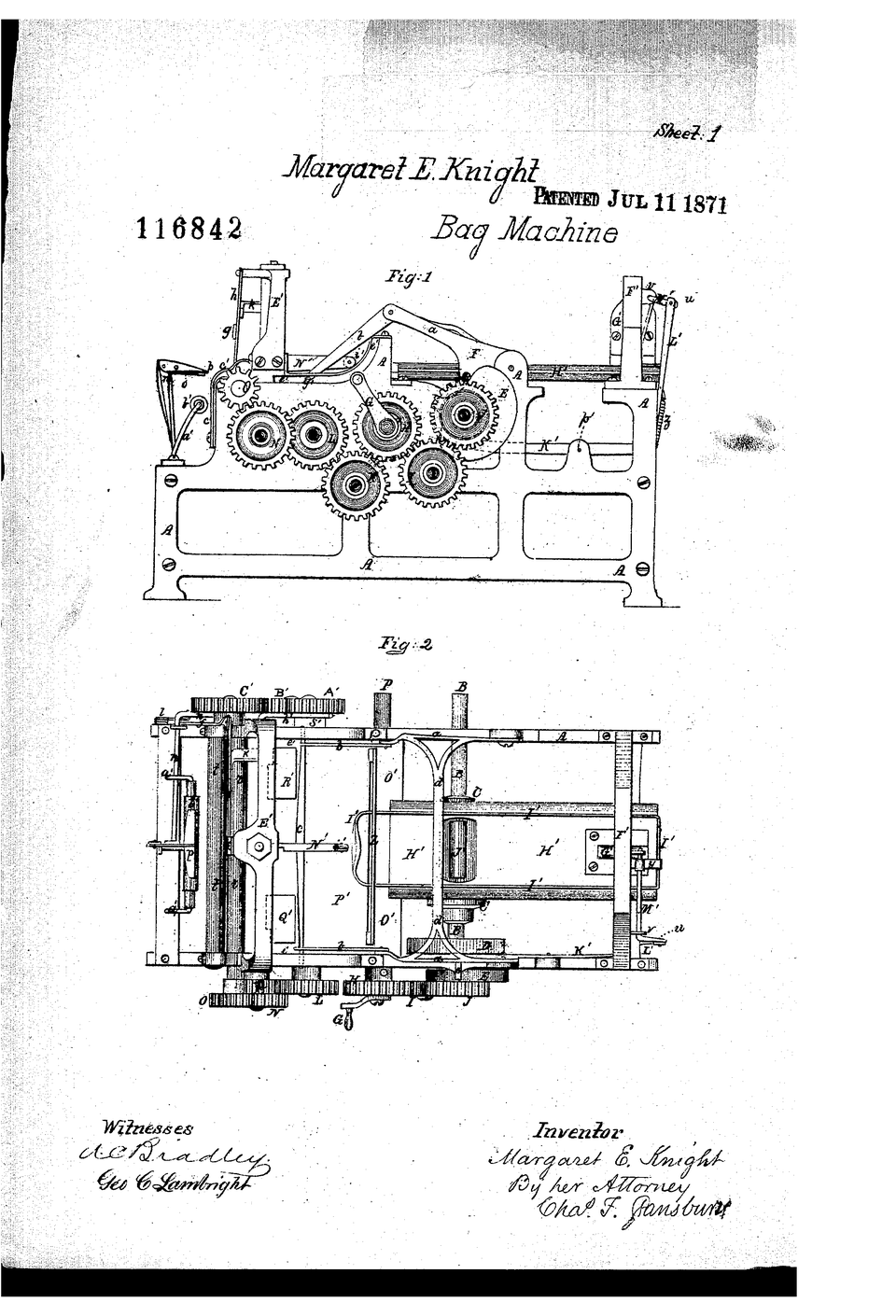
In 1868, while Margaret Knight was working at the Columbia Paper Bag Company, she began thinking about the possibility of a machine that could create flat-bottomed bags, one that would be much faster than the slow process of manually assembling them.
Within a few months, she created a working model and took it to a local shop to refine her machine. According to ASME, she moved to Boston to work with two machinists on it.
A man named Charles Anan came by her shop to examine Knight’s machine. When she went to file a patent, her application was rejected because one had already been given to Anan.
Knight sued and won.
Within a few months, she created a working model and took it to a local shop to refine her machine. According to ASME, she moved to Boston to work with two machinists on it.
A man named Charles Anan came by her shop to examine Knight’s machine. When she went to file a patent, her application was rejected because one had already been given to Anan.
Knight sued and won.
3
1900s: Alice Guy was the first female film director and first female studio owner.
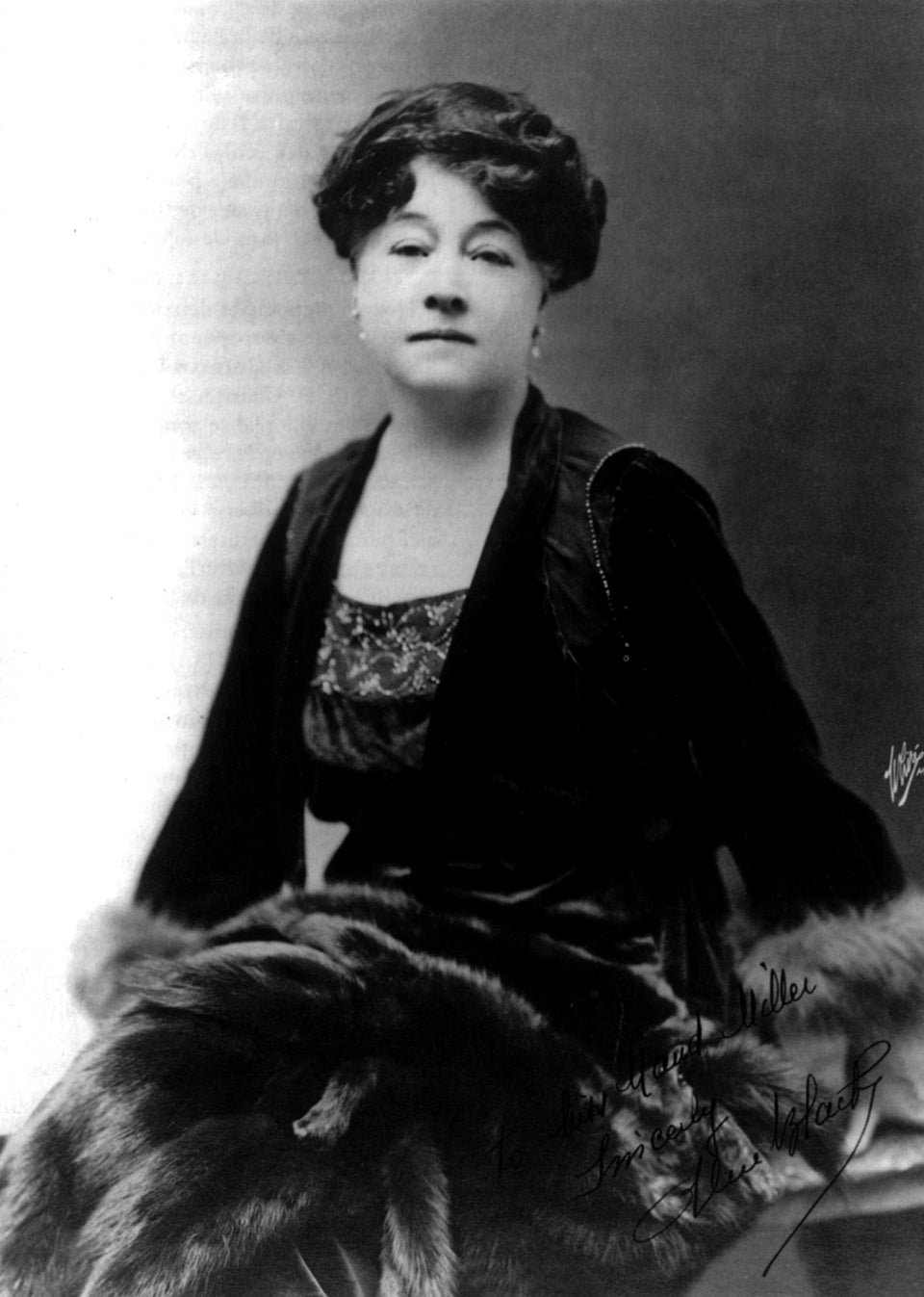
Getty Images
Alice Guy made over 100 films in the early 1900s before marrying the manager of the production studio she worked for, a man named Herbert Blaché. She became the first female film studio owner opening Solax Studios in 1910.
According to Broadly, Guy was reversing gender roles on screen decades before the term “gender role” entered the lexicon. In one film, she imagined “a world in which women flourished in traditionally male roles while men writhed under oppression.”
Ironically, her name would eventually be erased and her husband would get the credit for her visionary work in film. He opened a studio after she did, convinced her to merge companies and to let his name be at the forefront.
According to Broadly: "In 1920, author Carolyn Lowrey published The First One Hundred Noted Men and Women of the Screen and dedicated a page to Herbert Blaché's legacy, making no mention of Guy. Lowrey did so kindly mention a few of her films — she just falsely credited them to Blaché."
According to Broadly, Guy was reversing gender roles on screen decades before the term “gender role” entered the lexicon. In one film, she imagined “a world in which women flourished in traditionally male roles while men writhed under oppression.”
Ironically, her name would eventually be erased and her husband would get the credit for her visionary work in film. He opened a studio after she did, convinced her to merge companies and to let his name be at the forefront.
According to Broadly: "In 1920, author Carolyn Lowrey published The First One Hundred Noted Men and Women of the Screen and dedicated a page to Herbert Blaché's legacy, making no mention of Guy. Lowrey did so kindly mention a few of her films — she just falsely credited them to Blaché."
Advertisement
4
1903: Elizabeth Magie invented Monopoly.
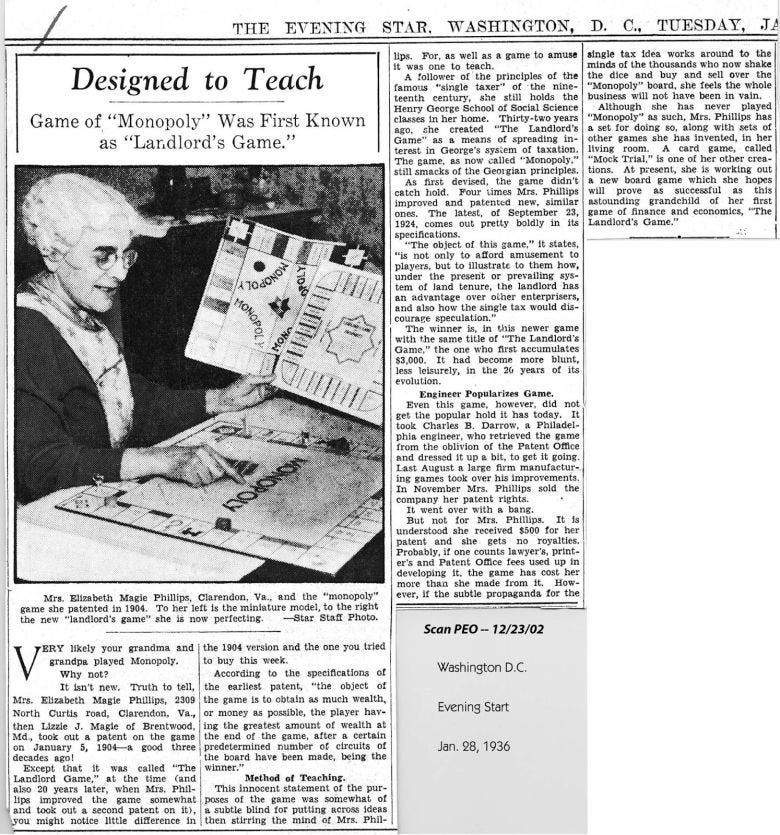
Washington Evening Star/Anspach Archives
According to the New York Times, secretary and stenographer Elizabeth Magie was outspoken politically and “lived a highly unusual life” because she supported herself and didn’t get married until she was 44.
In 1903, she designed a game called “Landlord’s Game” to protest “big monopolists” like Andrew Carnegie and John D. Rockefeller.
More than three decades later, a man named Charles Darrow claimed a “version of it as his own,” and sold his game to Parker Brothers. Darrow made millions for the game we know today as Monopoly, while Magie’s creation earned her around $500.
In 1903, she designed a game called “Landlord’s Game” to protest “big monopolists” like Andrew Carnegie and John D. Rockefeller.
More than three decades later, a man named Charles Darrow claimed a “version of it as his own,” and sold his game to Parker Brothers. Darrow made millions for the game we know today as Monopoly, while Magie’s creation earned her around $500.
5
1930s: Lise Meitner discovered nuclear fission.
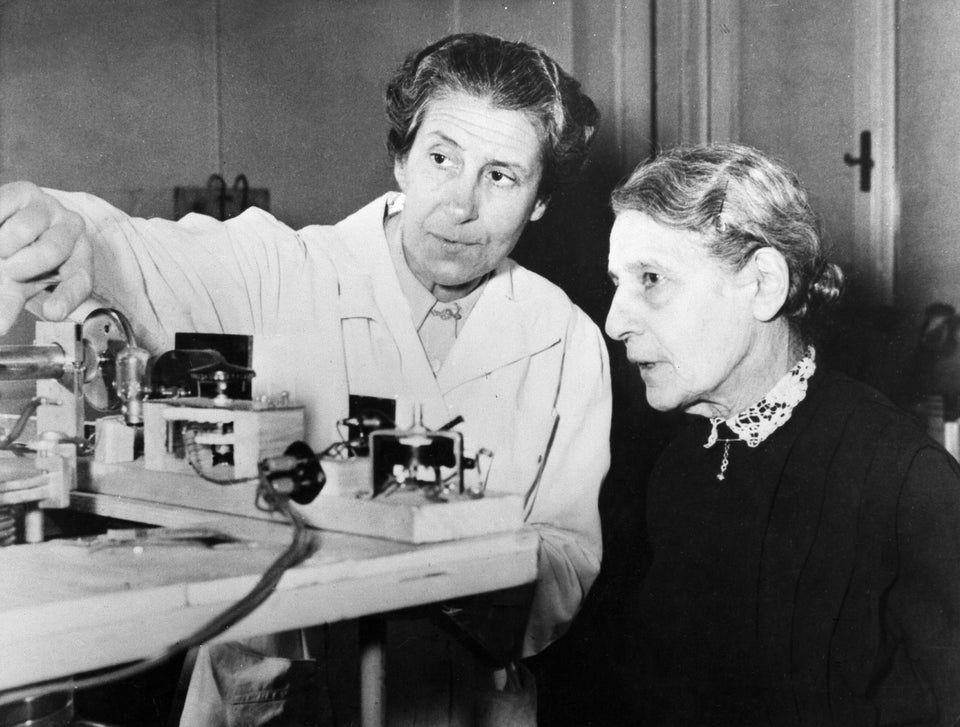
ullstein bild via Getty Images
When Adolf Hitler came to power in 1933, Austrian physicist Lise Meitner was acting director of the Institute for Chemistry. She eventually had to flee, but kept in touch with chemist Otto Hahn. Letters between the two of them show that they discovered nuclear fission together in the 1930s.
According to Dr. Chris Padgett, a history professor at American River College, Meitner was denied proper credit due because she was Jewish and a refugee. “Hahn, who stayed loyal to the Nazis, later won the Nobel Prize for this work, but refused to give Meitner credit,” he said.
The Berkeley Nuclear Research Center calls Meitner’s story “one of the most glaring examples of women's scientific achievement overlooked by the Nobel committee.”
According to Dr. Chris Padgett, a history professor at American River College, Meitner was denied proper credit due because she was Jewish and a refugee. “Hahn, who stayed loyal to the Nazis, later won the Nobel Prize for this work, but refused to give Meitner credit,” he said.
The Berkeley Nuclear Research Center calls Meitner’s story “one of the most glaring examples of women's scientific achievement overlooked by the Nobel committee.”
6
1900s: Nettie M. Stevens discovered that a man's sperm determines the sex of a child.
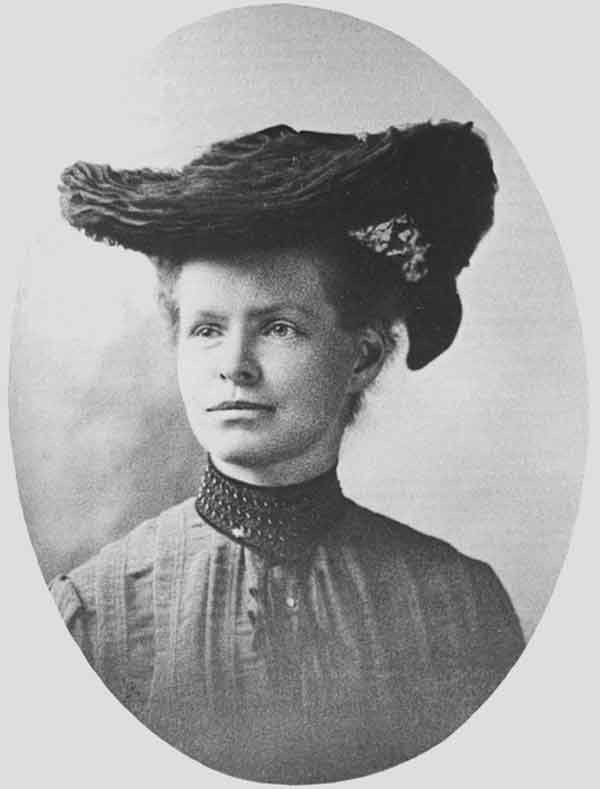
In the first decade of the 1900s, scientist Nettie M. Stevens found that male sperm carried both X and Y chromosomes, while women only carried X chromosomes in their eggs, which lead her to the conclusion that a baby’s sex is determined by the male sperm.
Another scientist named Edmund Beecher Wilson independently came to the same conclusion at around the same time as Stevens, and submitted his paper to The Journal of Experimental Zoology 10 days before she did. Wilson did include a footnote that he was aware of Stevens’ findings.
According to a journal article by physicist and historian Stephen G. Brush, “The scientific and chronological relation between their contributions has rarely been specified, and the role of Stevens, who died in 1912 before she could attain a reputation comparable to that of Wilson, has sometimes been forgotten.”
Another scientist named Edmund Beecher Wilson independently came to the same conclusion at around the same time as Stevens, and submitted his paper to The Journal of Experimental Zoology 10 days before she did. Wilson did include a footnote that he was aware of Stevens’ findings.
According to a journal article by physicist and historian Stephen G. Brush, “The scientific and chronological relation between their contributions has rarely been specified, and the role of Stevens, who died in 1912 before she could attain a reputation comparable to that of Wilson, has sometimes been forgotten.”
Advertisement
7
1950s: Dr. Chien-Shiung Wu discovered the law of parity.
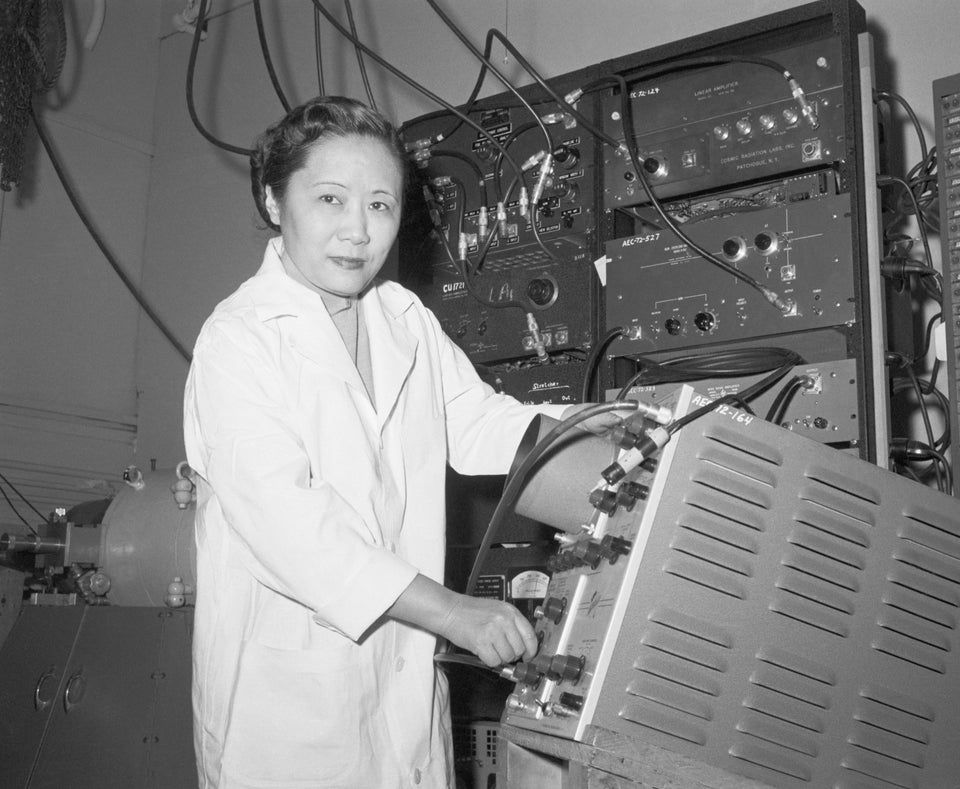
Getty Images
During World War II, Dr. Chien-Shiung Wu joined the Manhattan Project (the Army’s secret project to develop the atomic bomb) at Columbia University.
She continued her work at Columbia when the war ended. Along with two male colleagues, Dr. Tsung-Dao Lee and Dr. Chen Ning Yang, she “overthrew a law of symmetry in physics called the principle of conservation of parity,” according to the National Women’s History Museum. “Wu observed that there is a preferred direction of emission, which disproved what was then a widely accepted ‘law’ of nature.”
In 1957, the men received the Nobel Prize for their breakthrough. Wu was excluded from the award.
She continued her work at Columbia when the war ended. Along with two male colleagues, Dr. Tsung-Dao Lee and Dr. Chen Ning Yang, she “overthrew a law of symmetry in physics called the principle of conservation of parity,” according to the National Women’s History Museum. “Wu observed that there is a preferred direction of emission, which disproved what was then a widely accepted ‘law’ of nature.”
In 1957, the men received the Nobel Prize for their breakthrough. Wu was excluded from the award.
8
1952: Willie Mae Thornton was the original singer of “Hound Dog.”
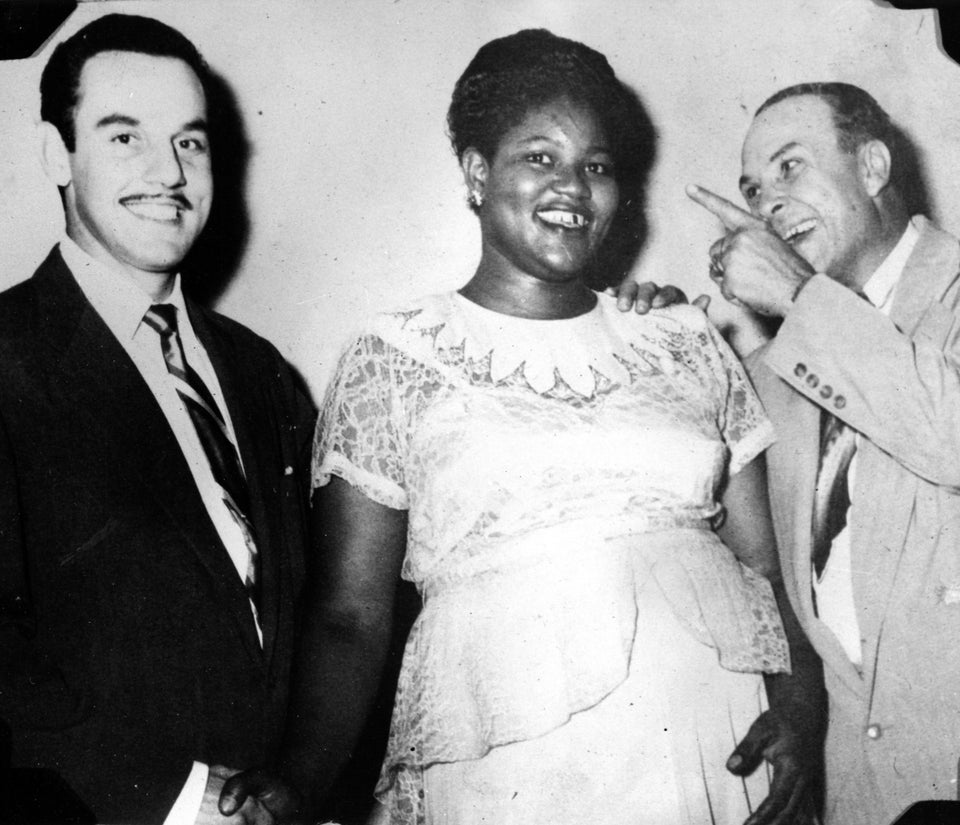
Getty Images
In 1952, singer and songwriter Willie Mae “Big Mama” Thornton recorded “Hound Dog” -- a song Elvis Presley would eventually cover and make famous.
Nevertheless, she persisted, and achieved great success, being inducted into the Blues Hall of Fame in 1984. Her song "Ball and Chain" (made famous by Janis Joplin) is on the Rock and Roll Hall of Fame list of "500 Songs that Shaped Rock and Roll."
Nevertheless, she persisted, and achieved great success, being inducted into the Blues Hall of Fame in 1984. Her song "Ball and Chain" (made famous by Janis Joplin) is on the Rock and Roll Hall of Fame list of "500 Songs that Shaped Rock and Roll."
9
1960s: Margaret Keane was actually the artist behind "The Big-Eyed Waifs."
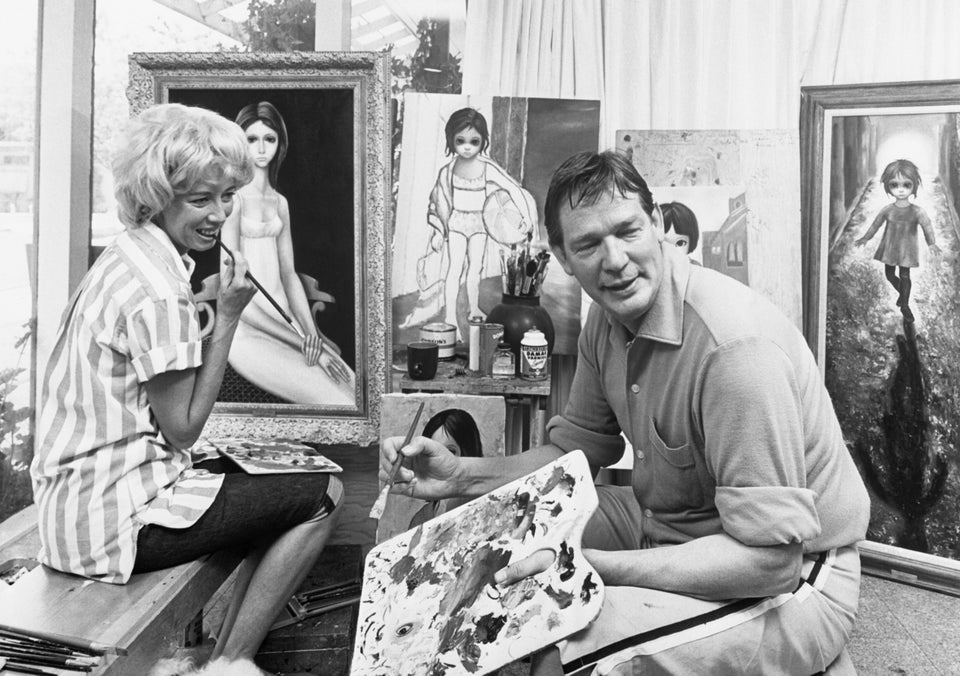
Bettmann via Getty Images
The subject of Tim Burton’s “Big Eyes," Margaret Keane was the painter who created "the big-eyed waifs" -- pieces of art that became wildly popular in the 1960s. Her husband, Walter Keane, convinced her that they would make more money if he put his name on the paintings. Years later, she claimed in court that he threatened to kill her if she ever went public with their secret.
Eventually, Margaret divorced her husband and told a radio host the truth in a 1970 interview. She challenged Walter to a live painting contest to prove she was really the artist; he didn’t respond.
Then, in 1986, she took him to court. According to a People Magazine article at the time:
"Margaret, 58, and Walter, 70, hadn’t laid eyes on each other for nearly 20 years when they walked into federal court in Honolulu last month. They proceeded to have at it in an often heated 3½-week trial. Margaret acknowledged that she had gone along with Walter’s claims during their marriage, but only because he threatened to kill her and her daughter by a prior marriage if she revealed the truth. At the behest of her attorney, Margaret sat before the jurors and in 53 minutes painted a small boy’s face with those unmistakable outsize orbs. The painting, Exhibit 224 of the trial, may be her greatest artistic triumph."
Eventually, Margaret divorced her husband and told a radio host the truth in a 1970 interview. She challenged Walter to a live painting contest to prove she was really the artist; he didn’t respond.
Then, in 1986, she took him to court. According to a People Magazine article at the time:
"Margaret, 58, and Walter, 70, hadn’t laid eyes on each other for nearly 20 years when they walked into federal court in Honolulu last month. They proceeded to have at it in an often heated 3½-week trial. Margaret acknowledged that she had gone along with Walter’s claims during their marriage, but only because he threatened to kill her and her daughter by a prior marriage if she revealed the truth. At the behest of her attorney, Margaret sat before the jurors and in 53 minutes painted a small boy’s face with those unmistakable outsize orbs. The painting, Exhibit 224 of the trial, may be her greatest artistic triumph."
Advertisement
10
1960s: Jocelyn Bell Burnell was the first person to observe radio pulsars.
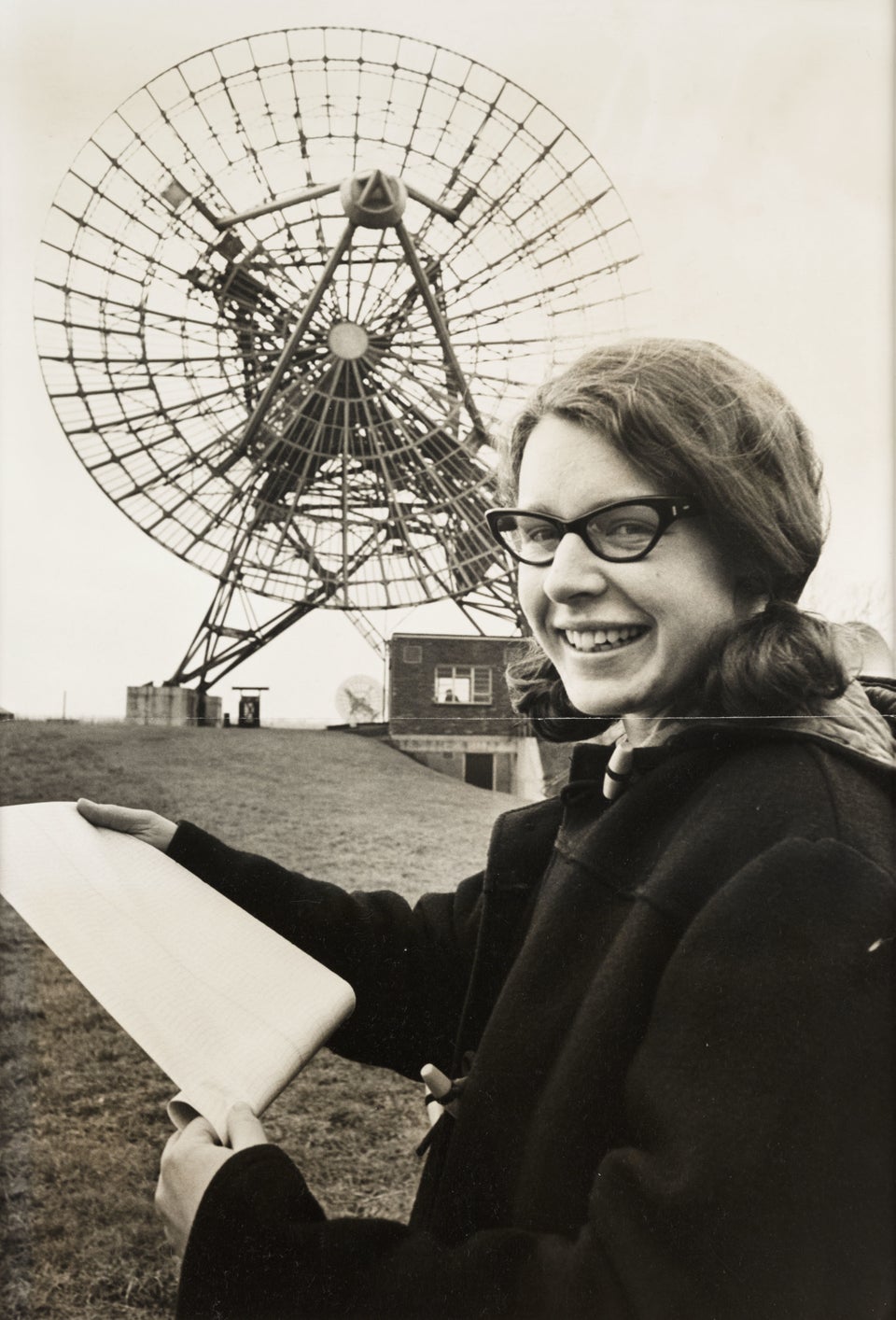
Getty Images
As a graduate student at the University of Cambridge, Jocelyn Bell Burnell helped Anthony Hewish and Martin Ryle construct a radio telescope to monitor quasars (a massive and extremely remote celestial object). It was Burnell’s job to analyze the data from it.
According to Biography.com: “After spending endless hours poring over the charts, she noticed some anomalies that didn’t fit with the patterns produced by quasars and called them to Hewish’s attention... Over the ensuing months, the team systematically eliminated all possible sources of the radio pulses — which they affectionately labeled Little Green Men, in reference to their potentially artificial origins — until they were able to deduce that they were made by neutron stars, fast-spinning collapsed stars too small to form black holes.”
In 1974, Hewish and Ryle received the Nobel Prize for Physics for the discovery.
According to Biography.com: “After spending endless hours poring over the charts, she noticed some anomalies that didn’t fit with the patterns produced by quasars and called them to Hewish’s attention... Over the ensuing months, the team systematically eliminated all possible sources of the radio pulses — which they affectionately labeled Little Green Men, in reference to their potentially artificial origins — until they were able to deduce that they were made by neutron stars, fast-spinning collapsed stars too small to form black holes.”
In 1974, Hewish and Ryle received the Nobel Prize for Physics for the discovery.
11
1963: Anna Arnold Hedgeman organized the March on Washington.
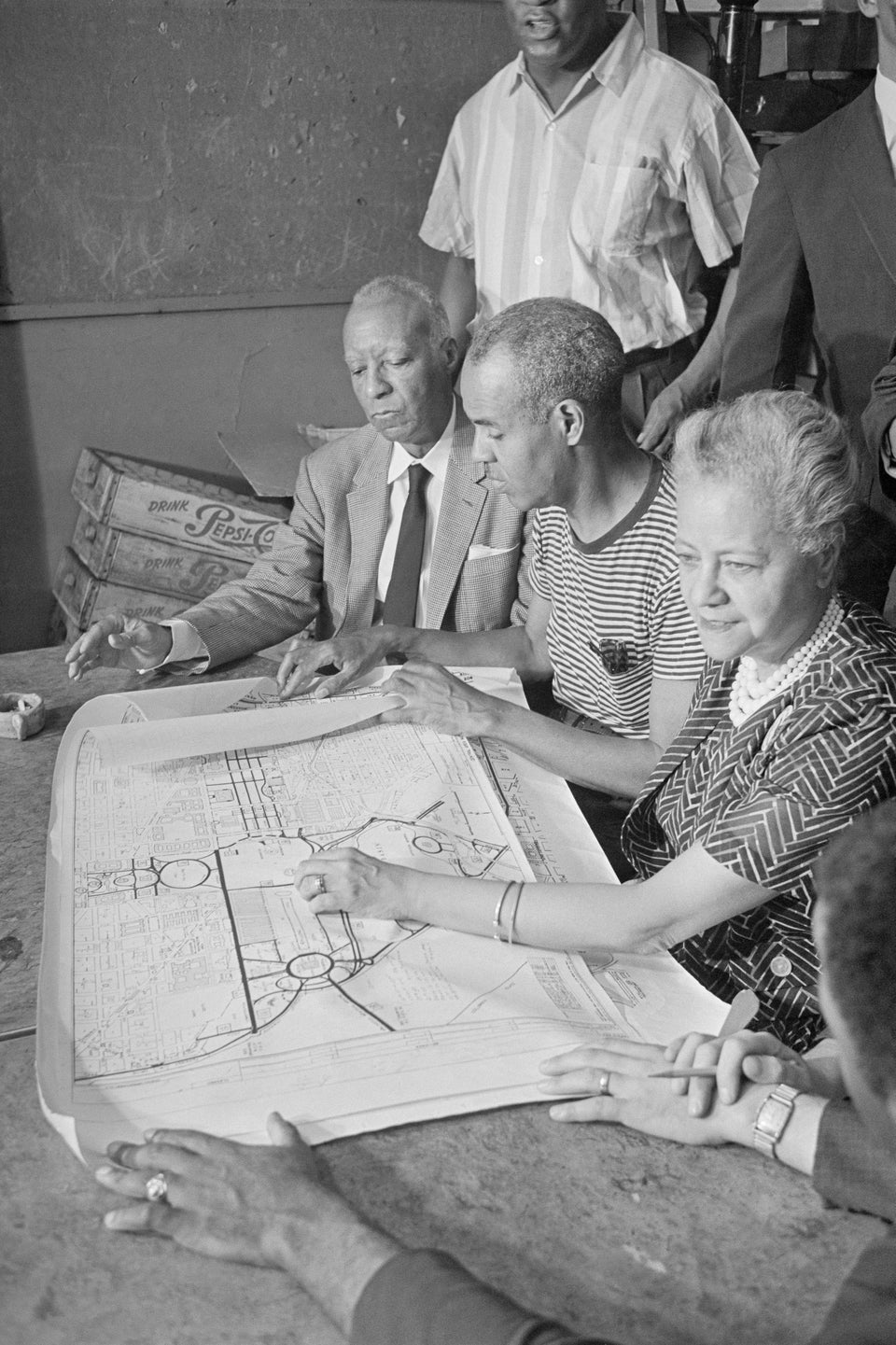
Getty Images
Anna Arnold Hedgeman was the only woman on the organizing committee for the 1963 March on Washington where Dr. Martin Luther King Jr. gave his “I Have a Dream” speech.
But according to Bowdoin College professor Jennifer Scanlon, who authored a biography about Hedgemen, the civil rights leader was “hidden, concealed, out of sight” by the men around her. Not only did Hedgeman galvanize many different groups of people to participate in the march, she organized transportation and made sure attendees had food and water.
Says Scanlon: “She also demanded that her male colleagues provide women a speaking voice during the march, but as in other things relating to gender, the men proved unrelenting in their sexism.”
The group of leaders who organized the march is often referred to as the “Big Six.” Of course, Hedgeman (or any other woman, for that matter) was not included in that group.
Hedgeman is shown above with her hands on the map of the mall, posing with A. Philip Randolph and Roy Wilkins, two of the men among the “Big Six” organizers of the march.
But according to Bowdoin College professor Jennifer Scanlon, who authored a biography about Hedgemen, the civil rights leader was “hidden, concealed, out of sight” by the men around her. Not only did Hedgeman galvanize many different groups of people to participate in the march, she organized transportation and made sure attendees had food and water.
Says Scanlon: “She also demanded that her male colleagues provide women a speaking voice during the march, but as in other things relating to gender, the men proved unrelenting in their sexism.”
The group of leaders who organized the march is often referred to as the “Big Six.” Of course, Hedgeman (or any other woman, for that matter) was not included in that group.
Hedgeman is shown above with her hands on the map of the mall, posing with A. Philip Randolph and Roy Wilkins, two of the men among the “Big Six” organizers of the march.
